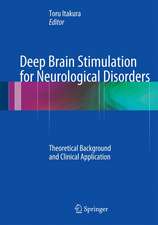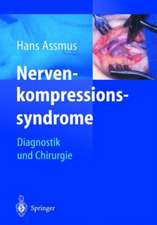MRI: A Conceptual Overview
Autor Sunder S. Rajanen Limba Engleză Paperback – 3 oct 1997
Preț: 714.46 lei
Preț vechi: 752.06 lei
-5% Nou
Puncte Express: 1072
Preț estimativ în valută:
136.71€ • 142.74$ • 113.15£
136.71€ • 142.74$ • 113.15£
Carte tipărită la comandă
Livrare economică 05-19 aprilie
Preluare comenzi: 021 569.72.76
Specificații
ISBN-13: 9780387949116
ISBN-10: 0387949119
Pagini: 167
Ilustrații: XI, 167 p. 72 illus.
Dimensiuni: 178 x 254 x 9 mm
Greutate: 0.39 kg
Ediția:1998
Editura: Springer
Colecția Springer
Locul publicării:New York, NY, United States
ISBN-10: 0387949119
Pagini: 167
Ilustrații: XI, 167 p. 72 illus.
Dimensiuni: 178 x 254 x 9 mm
Greutate: 0.39 kg
Ediția:1998
Editura: Springer
Colecția Springer
Locul publicării:New York, NY, United States
Public țintă
Professional/practitionerCuprins
1. Introduction to the Phenomenon of Nuclear Magnetic Resonance.- 2. Magnetic Field Gradient Pulses and Spatial Encoding of MR Signal.- 3. MRI Hardware System Components.- 4. Image Contrasts and Pulse Sequences.- 5. Contrast Agents.- 6. Clinical Applications.- 7. Flow Effects and MR Angiography.- 8. Spectroscopy.- Appendix. k-Space Formalism.








